This is the fourth article in a 5-part series on women’s contribution to early Australian television production. For creating the series, Jeannine Baker received the 2022 Oral History Australia Media Award.

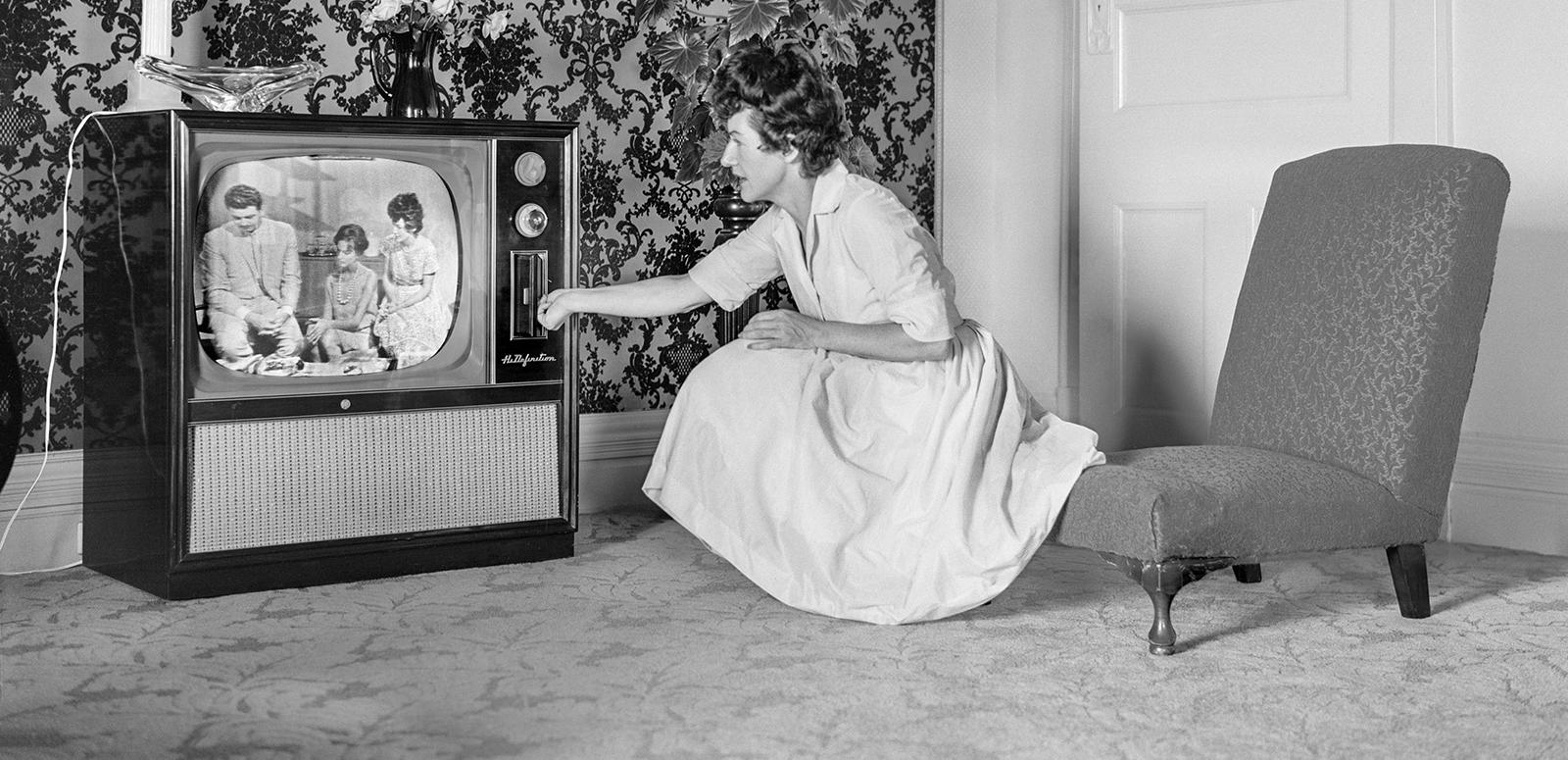
This is the fourth article in a 5-part series on women’s contribution to early Australian television production. For creating the series, Jeannine Baker received the 2022 Oral History Australia Media Award.
From the earliest days of television broadcasting, programs were produced specifically for audiences of women and children. These were also production areas in which women could achieve prominence as presenters or in key creative and management roles. The NFSA collection reveals some of the women who shaped and redefined television content for women and children.
Early programs were often described as a ‘conversation’ and personalities as a guest in the viewers’ home, and sets designed as an extension of the viewer’s living room:
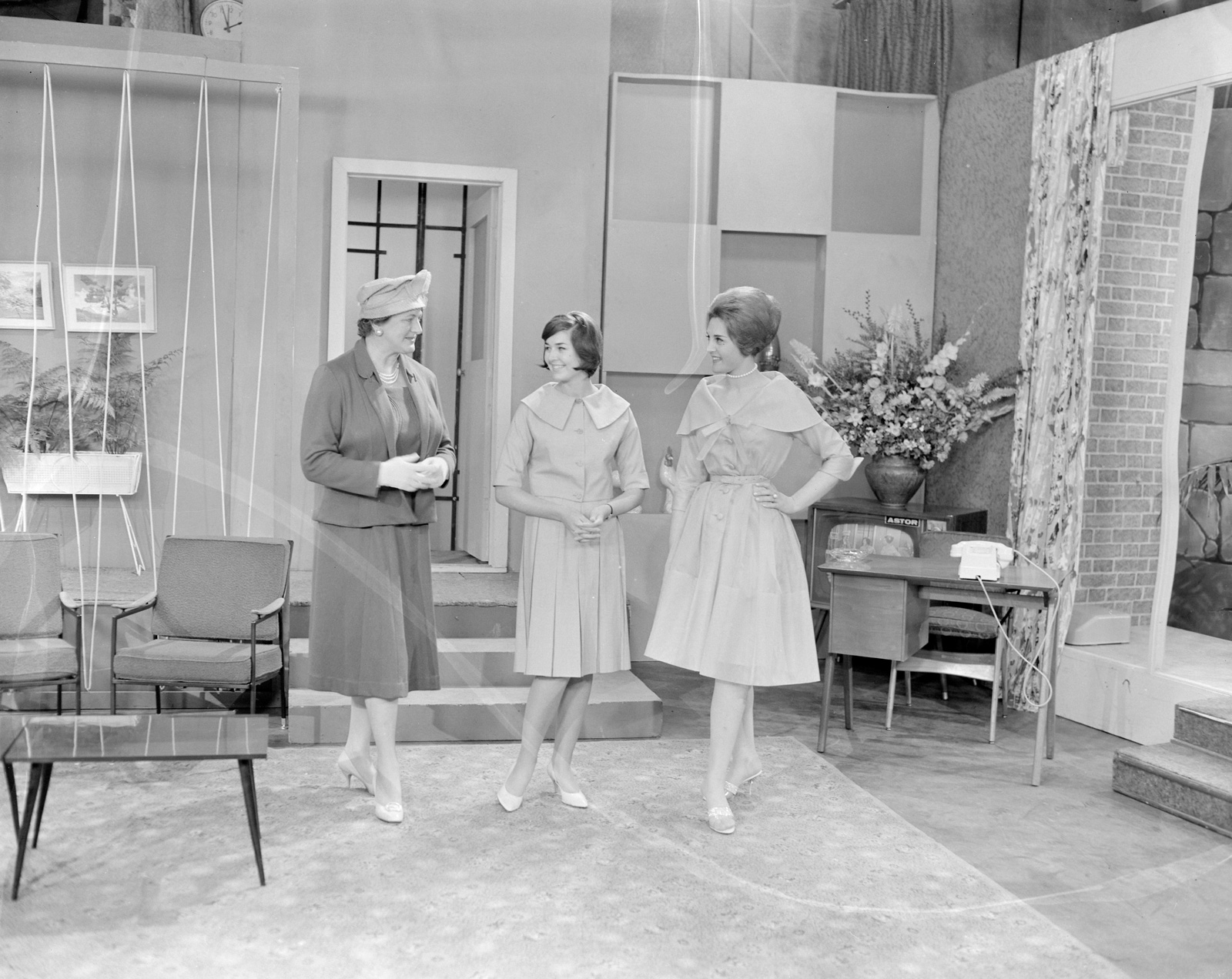
GTV9 Melbourne women’s program Thursday at One, July 1960. NFSA title 1475525.
The personality and style of the female compere was crucial for building a strong connection with the audience, and many presenters adopted an intimate mode of address that directly addressed viewers.
Dawn Kenyon (then Dawn Dingwall) became ATN7 Sydney’s first coordinating producer of children’s programs in 1956, after having worked at radio 5KA Adelaide and CBC in Canada.
As a creative producer of the nautical-themed Captain Fortune, Kenyon sourced contributions from government departments and organisations including Surf Life Saving and the police service. She also brought in the Mission to Seamen (now Mission to Seafarers) senior chaplain Colin Craven-Sands, who through his regular character ‘Sandy’ fostered interest in the sea and the work of sailors. Here Dawn talks about achieving the right balance of education and entertainment, the importance of viewer participation, and embracing spontaneity:
Dawn Kenyon interviewed by Brendan Horgan in 2000. NFSA title 470555.
Dawn was also the first presenter of Romper Room, which began as a 15-minute segment within Captain Fortune and was later expanded to a standalone program.
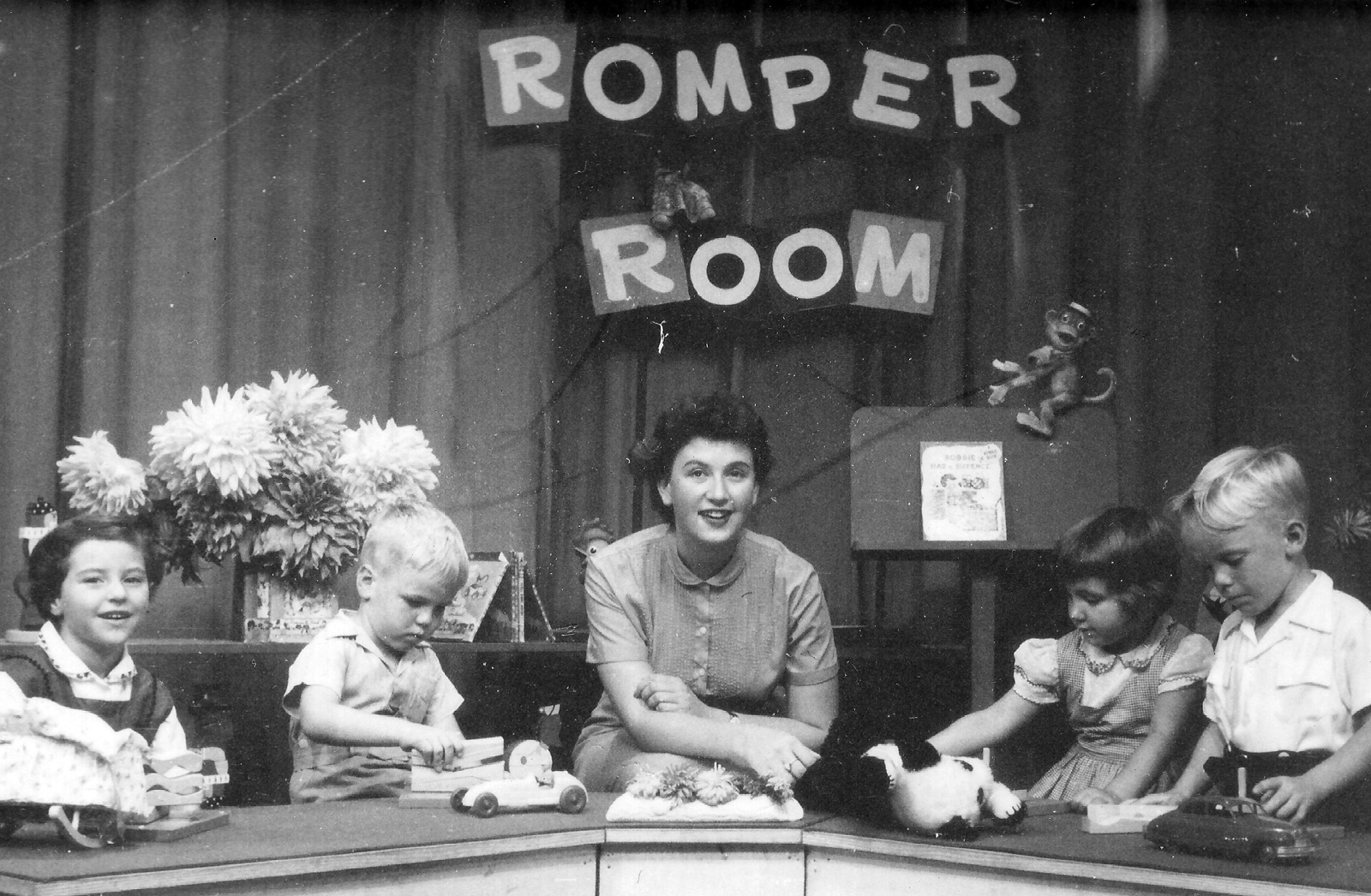
‘Miss Dawn’ (Dawn Dingwall) on Romper Room (ATN7), 1957. Supplied by the Kenyon family.
Romper Room was an enduring Australian franchise of the North American program for pre-schoolers, characterised by a mixture of physical activities and simple moral lessons, and a host who spoke directly to the children viewing from home.
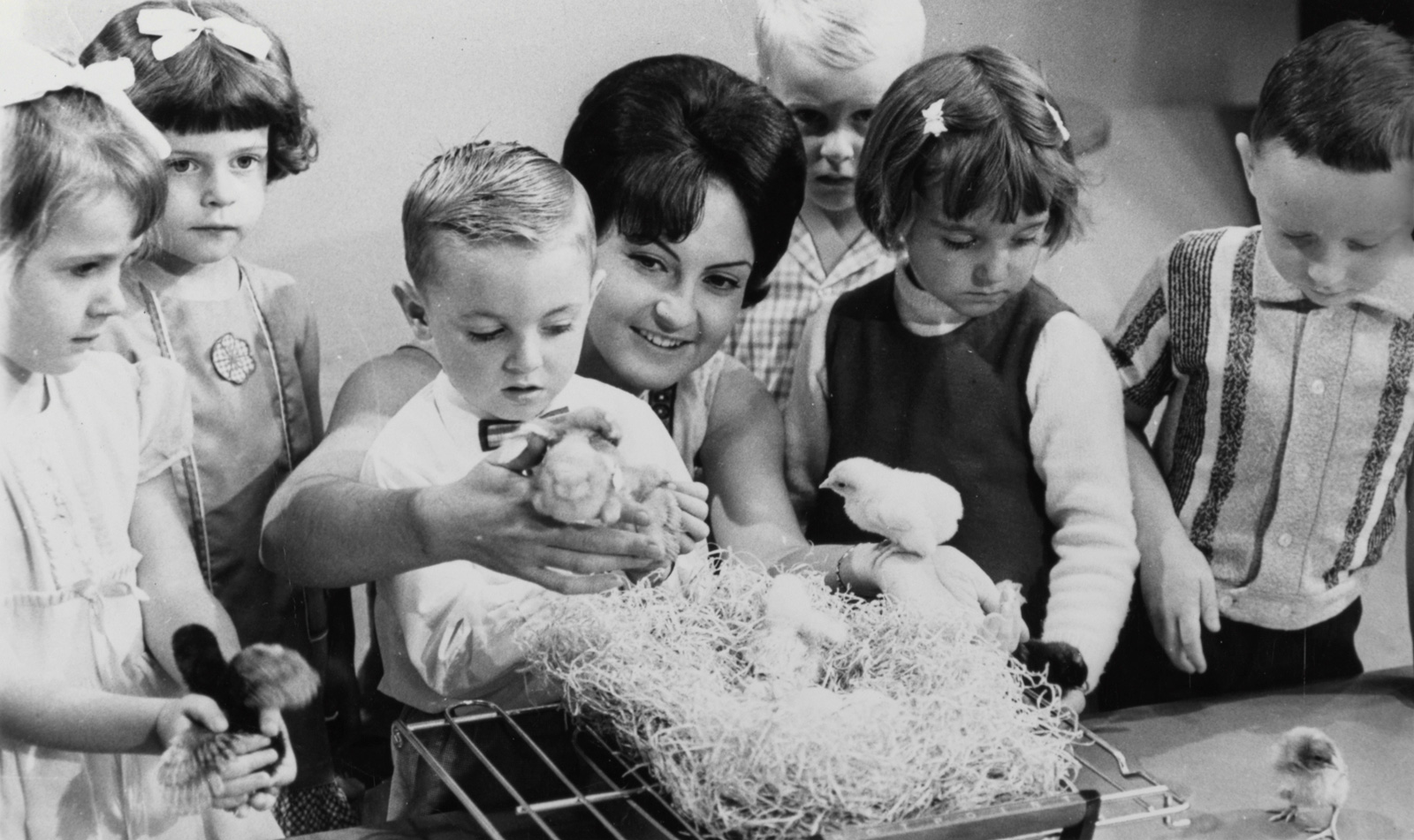
From the 1960s, local versions of Romper Room were produced by Fremantle Media for ATN7 Sydney, QTQ9 Brisbane, ATV0 Melbourne, SAS10 Adelaide and TVW7 Perth.
In 1974 the ATN7 version became a national program, lasting until 1988.
The NBN3 Newcastle version began in 1967 with original host Anne Campbell and ran for more than 3 decades.
English-born Val Sarah was the first woman announcer – as well as a presenter, producer and newsreader – at Anglia Television (UK).
After travelling to Australia, she began working at fledgling regional commercial television station BTV6 Ballarat in January 1963. It was an exciting time and, as Val Sarah recalls, she was soon working as a presenter and producer on a range of programs, including women’s and children’s shows:
Val Sarah interviewed by Jeannine Baker, 2019. NFSA title 1660464.
Image: Val Sarah and Fred Fargher on Wednesday Magazine, BTV6, c1974. Supplied by Val Sarah.
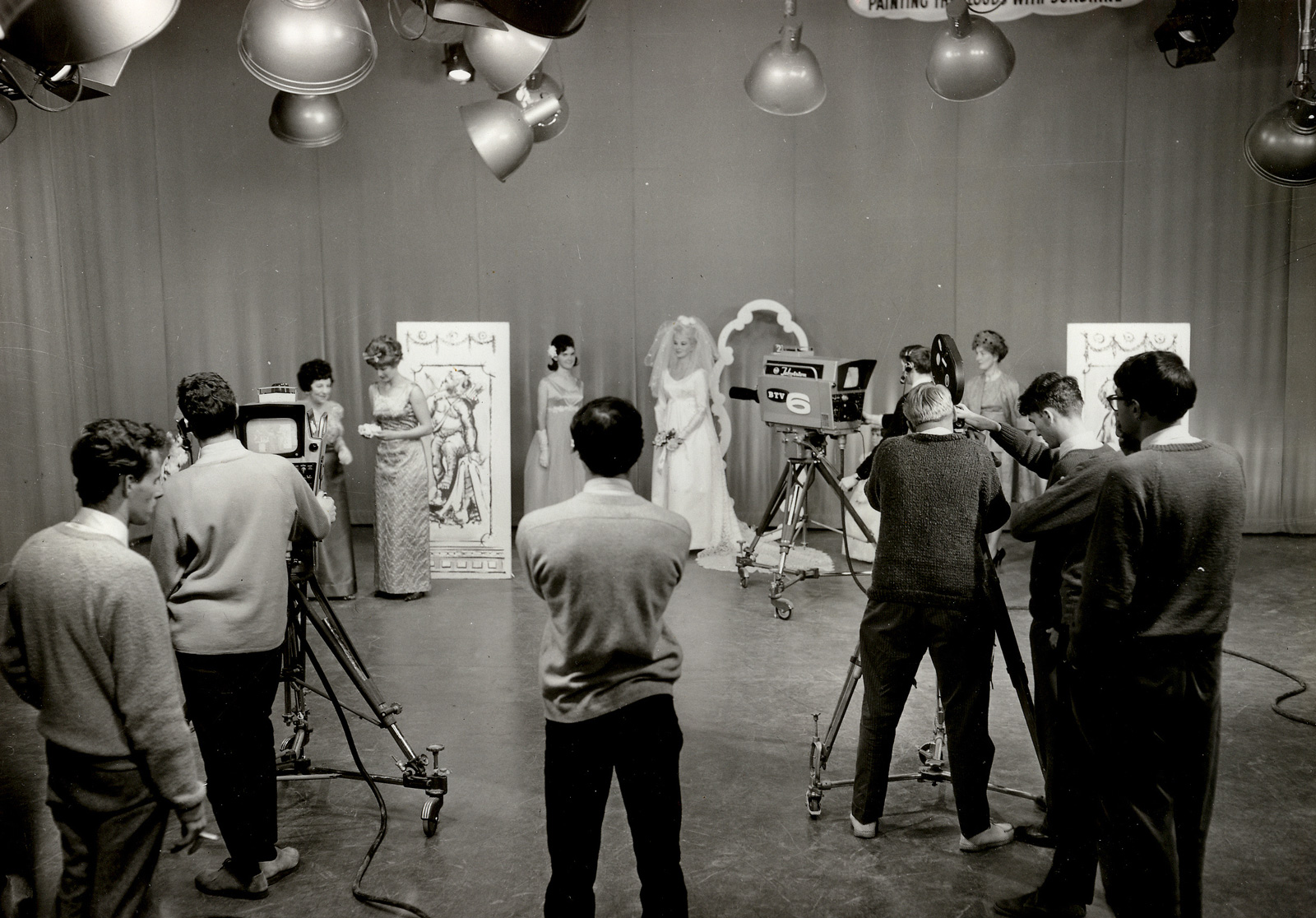
At that stage, they needed someone with experience at BTV6. They needed somebody who knew what they were doing and could get things done.
Wednesday Magazine launched in April 1963 as a live program for women. The content was partly driven by women viewers who ‘weren't afraid to write in and say, look, I like this or I didn't like that. Oh, please, can we see more of this?’ As Val Sarah explains here, television provided women living in regional and rural areas with a vital sense of connection to their local community as well as to the wider world:
Val Sarah interviewed by Jeannine Baker, 2019. NFSA title 1660464.
Image: Val Sarah and Fred Fargher on Wednesday Magazine, BTV6, c1974. Supplied by Val Sarah.
Woman’s World was one of the ABC’s first programs at its launch in November 1956.
Producer Kay Kinane and original host Mary Rossi pushed the boundaries of women’s programming and canvassed a wide range of topics, including immigration, literature, the creative and performing arts, science and medicine, as Rossi recalls:
Mary Rossi interviewed by Christine Hogan, c2005. NFSA title 738802.
Image: Mary Rossi on Women's World. Courtesy Australian Broadcasting Corporation – Library Sales.
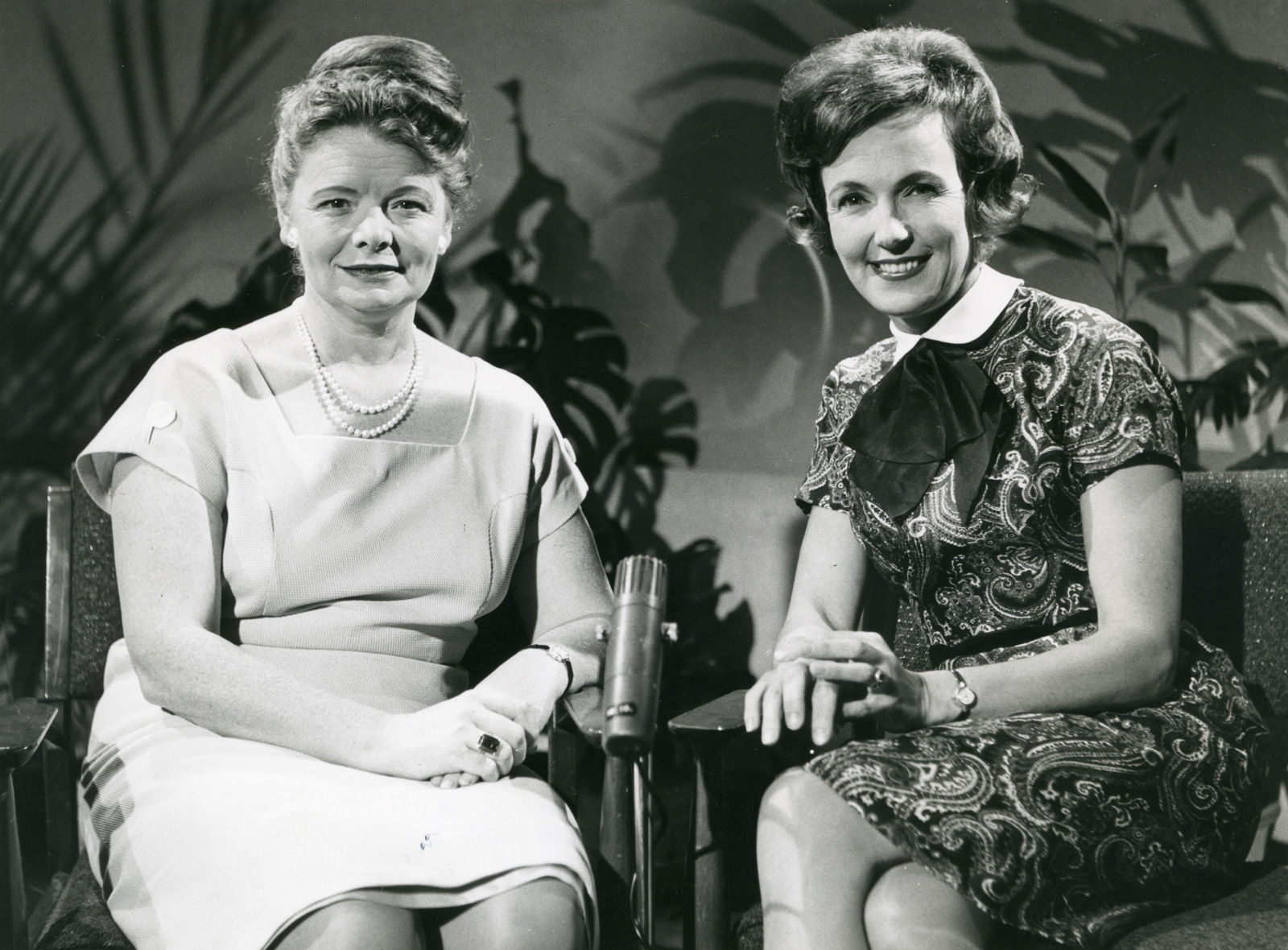
A mother of 5 at the time she began hosting Woman’s World, and highly educated, Rossi challenged the view that women could not have a career as well as a family.
Viewers followed along as Rossi's family grew – she retired from broadcasting after the birth of her eighth child in 1964.
Jean Battersby hosted Woman’s World for ABC Melbourne. In this 1992 interview Battersby explains how she came to work in television:
Interview with Jean Battersby, 1992. © Australia Council for the Arts. All rights are expressly reserved. NFSA title 1253612.
Battersby was informed and articulate, with a PhD in French literature, and by the late 1950s she was in demand for talk and women’s programs across the ABC and commercial stations. She also wrote, produced and edited a series of short films for GTV7 Melbourne’s women’s program. Battersby believed strongly that women should develop interests beyond the home:
‘There is a host of interesting vocations which a woman can pursue to prevent herself from getting bogged down in domestic values. A woman should have a certain independent status of her own, and this is one way of achieving it.’ – Jean Battersby
In this early appearance by Battersby on Woman’s World, she interviews a recent Austrian migrant about woodcarving and displays the stylish feminine decorum expected of women personalities on the ABC:
Jean Battersby on Woman’s World, ABC c1959. NFSA title 433887. Courtesy Australian Broadcasting Corporation – Library Sales
In 1968 Battersby became the founding executive officer of the Australian Council for the Arts.
In the early 1970s the confining of current affairs to prime-time evening viewing led to demands from women’s and feminist groups for more relevant and factual daytime content for women.
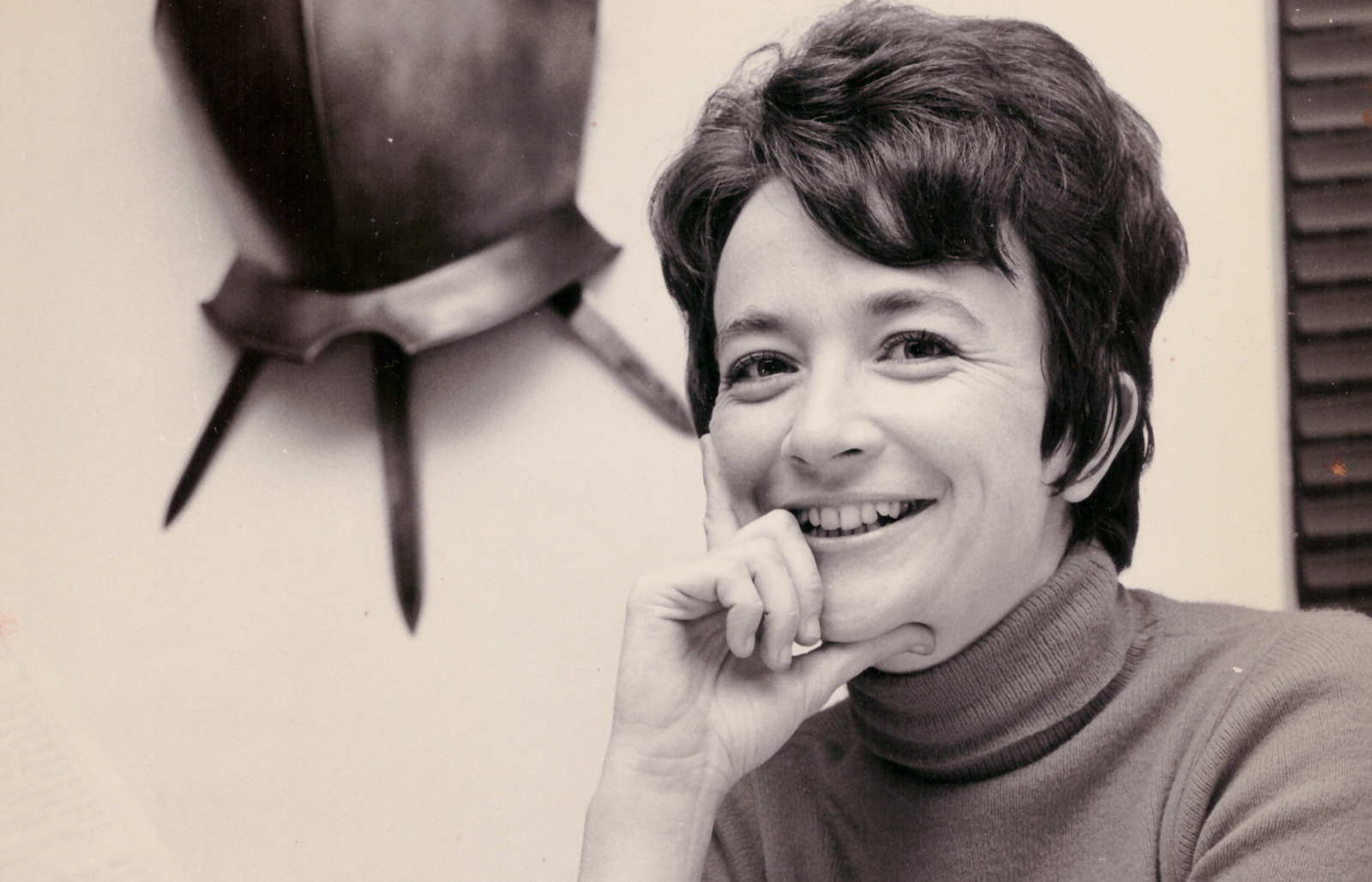
I knew that this sort of legendary 'women at home' audience were going to be interested in what I had to say to them on broader topics, and more current affairs-type topics, rather than the pap that they got from the women's magazines. So that's why I was fighting for it, because I knew that they would be interested.
In 1972 Babette Smith developed and produced the first current affairs program for women, Town Talk (TCN9 Sydney), although her request for a female host was refused. As Babette Smith recalls here, management found some of the topics confronting:
Babette Smith interviewed by Jeannine Baker, 2018. NFSA title 1535169.
Image: Babette Smith at TCN9. Supplied by Babette Smith.
A subsequent program called A Matter of Fact, with Anne Deveson in the chair, did not proceed beyond pilot stage.
In 1973 No Man’s Land, a daytime current affairs program produced and presented ‘by women for women’, began on GTV9 Melbourne and was extended to TCN9 Sydney the following year.
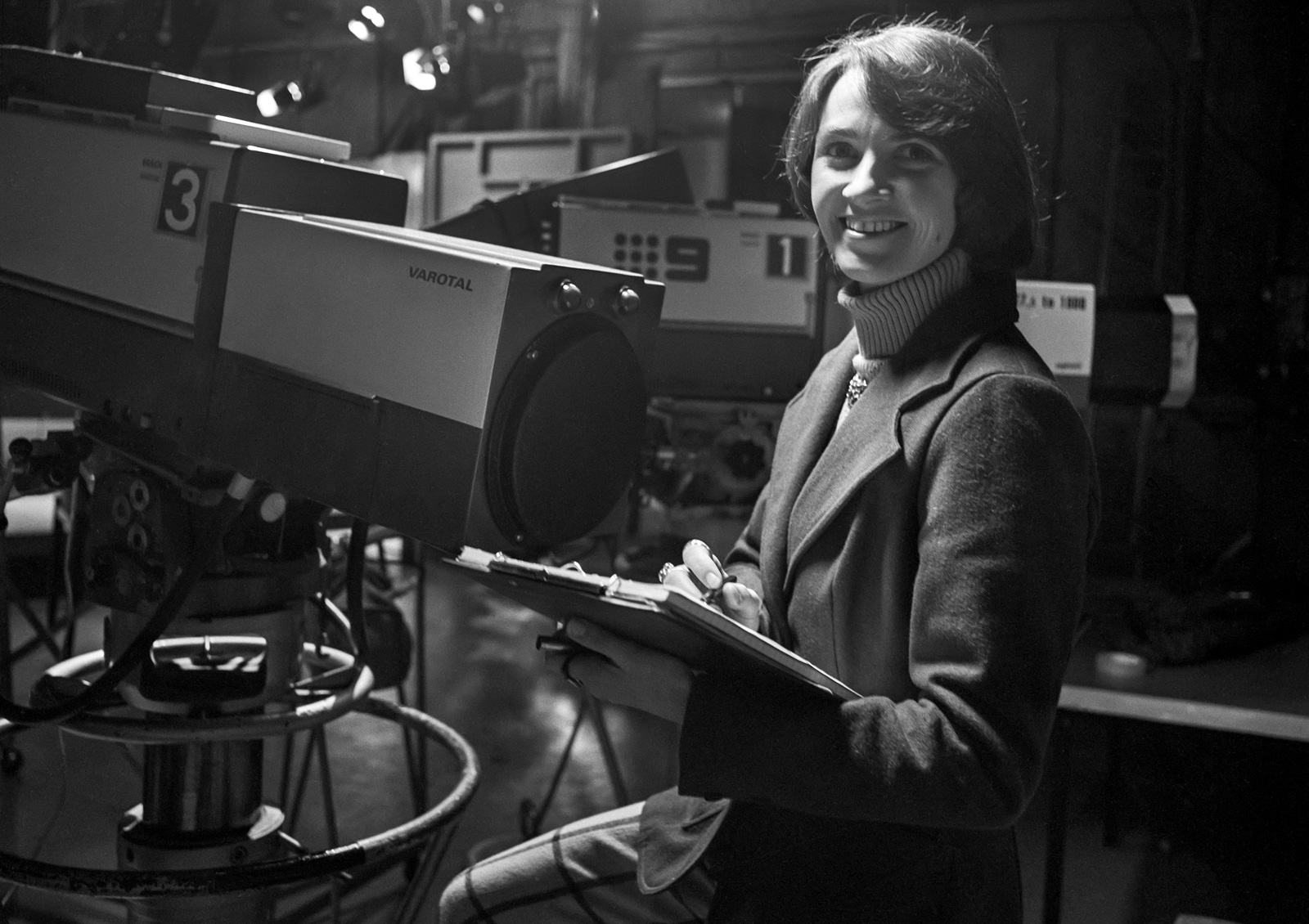
Mickie de Stoop, Melbourne compere and producer of No Man's Land, in the studio at GTV9 Melbourne, 1975. National Archives of Australia, 11410097.
This 1976 clip illustrates the program’s in-depth approach to the news of the day, with presenter Mickie de Stoop and reporter Robyn Miller dissecting the impact of the federal treasurer Phillip Lynch’s 1976 budget on various sectors of the community. It also represents a major shift in ideas about women’s viewing preferences and habits:
No Man’s Land hosted by Mickie de Stoop, GTV9, 21 May 1976. Courtesy of Nine Network. NFSA title 1497589.
But it did not signal a permanent transformation in daytime women’s content.
Producer Di Rolle later recalled that No Man's Land was moved to an unworkable timeslot, and ‘after running into censorship problems, it was eventually axed’.
Rolle and de Stoop then worked on another daytime women’s program, Shoulder to Shoulder (1977–78), for ATV0 Melbourne, but were forced by management to produce lighter, entertainment-driven stories over the more informative, newsworthy content they believed women deserved.
This is the fourth part of a 5-part series, The Women Who Made Australian Television, written and curated by Dr Jeannine Baker, media historian and Honorary Fellow in the Faculty of Arts, Social Sciences and Humanities, University of Wollongong.
This series was made possible with the generous support of the Media Studies Commission of FIAT/IFTA, the National Film and Sound Archive of Australia, Seven Network, Nine Network, Network 10 and the Australian Broadcasting Corporation – Library Sales.
Read The Women Who Made Australian Television Part 1 – The Beginnings of Television, Part 2 – Behind the Scenes: Women Technicians, Part 3 - Calling the Shots and Part 5 – Rosemary Eather.
Main image: Your Home (ATN7) compere Del Cartwright watching one of her pre-recorded segments. National Archives of Australia, 30451727.
First image with quote: Val Sarah and Jessica Stone compering Focus on Fashion on BTV6, 1964. Supplied by Val Sarah.
Second image with quote: Babette Smith at TCN9. Supplied by Babette Smith.
FURTHER READING:
Blonski A, Creed B and Freiberg F (eds) (1987) Don’t shoot darling! Women’s independent filmmaking in Australia, Greenhouse Publications.
Bye S (2010) ‘"A cruel medium for a woman": Female personalities and the early days of Australian television', Feminist Media Studies, 10(2):161–177.
The National Film and Sound Archive of Australia acknowledges Australia’s Aboriginal and Torres Strait Islander peoples as the Traditional Custodians of the land on which we work and live and gives respect to their Elders both past and present.